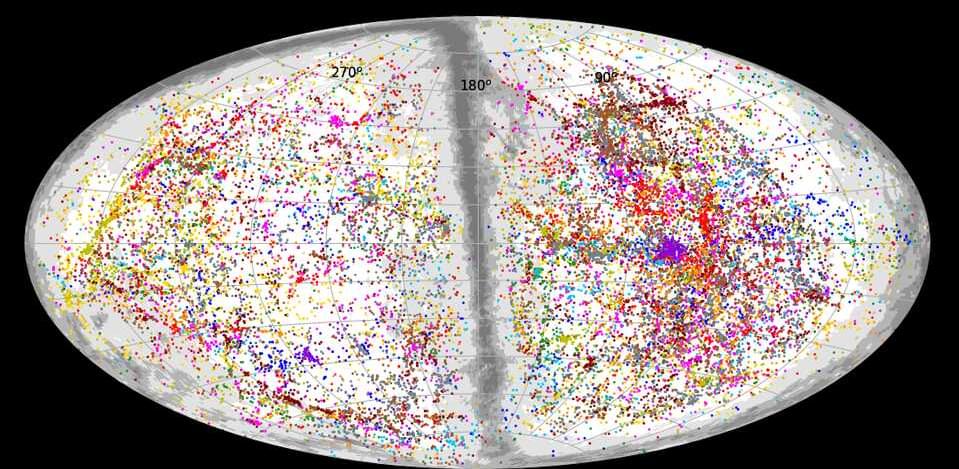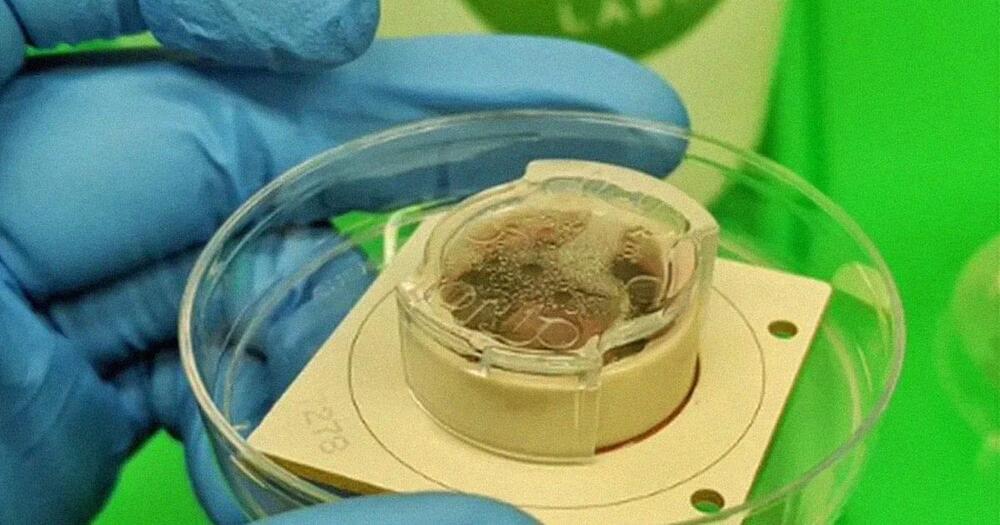Cybersecurity has been compared to a never-ending game of whack-a-mole, with an ever-changing cast of threats and threat actors. While the attacks that make headlines may change from year to year, the basic fact remains: Any network, no matter how obscure the organization it supports, most likely will come under attack at some point. Thus, attaining and maintaining a strong security posture is of critical importance for organizations of any size.
An organization’s security posture, however, is constantly changing. Employees join or leave the company; endpoints are added and discarded; and network and security technologies are deployed, decommissioned, configured, and updated. Each change in network elements can represent a potential attack vector for malware and other threats.
That’s why security teams should review their security processes periodically and keep aligned with new developments in defensive and offensive testing and modeling. Doing so can help move the needle on security maturity from the most basic to an advanced, much stronger security posture, and from a reactive to a proactive model.







